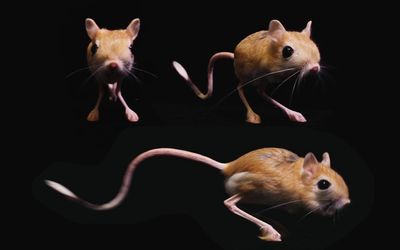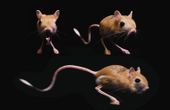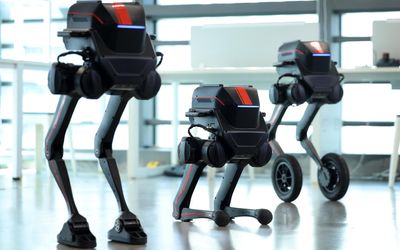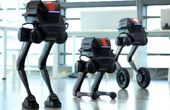Durus
DURUS is a 23 degree of freedom humanoid robot with onboard processing and power. The robot has a passive spring at the ankle allowing energy to be stored and released during locomotion. Like humans, DURUS steps onto its heel first, then brings down the rest of its foot and pushes off with its toes. The mechanics don't just work by themselves, though, and the creators of DURUS at Georgia Tech's Advanced Mechanical Bipedal Experimental Robotics (AMBER) Lab, also designed new balancing algorithms to keep the bot upright. DURUS's natural gait has also translated into huge energy conservation gains, with the humanoid able to walk for more than five hours on battery power alone.
Technical Specifications
| Power | 2.2 |
| Weight | 100 |
| Battery life | 8 |
| Transmission efficiency | 97 |
Overview
Like humans, DURUS steps onto its heel first, then brings down the rest of its foot and pushes off with its toes. The mechanics don't just work by themselves, though, and the creators of DURUS at Georgia Tech's Advanced Mechanical Bipedal Experimental Robotics (AMBER) Lab, also designed new balancing algorithms to keep the bot upright.
DURUS's natural gait has also translated into huge energy conservation gains, with the humanoid able to walk for more than five hours on battery power alone.
References
Describes the mechanical components, which provide efficient basis for which the control strategy builds upon. Mathematical modeling is presented. The control approach, including the including the formal feed forward gait construction and the feedback regulator structure are described.
Describes the project (here called Proxi) and it's key features










